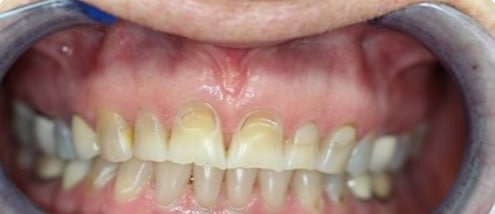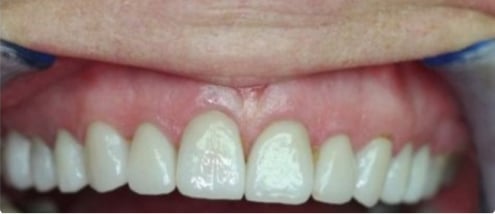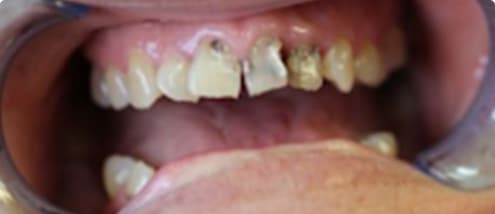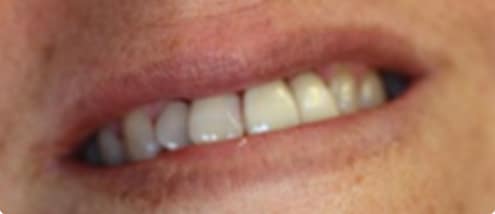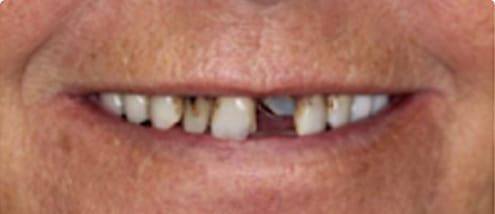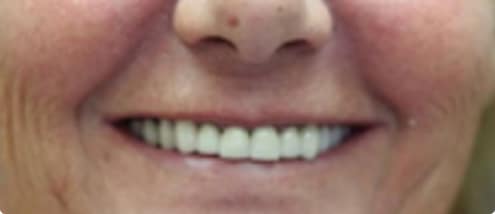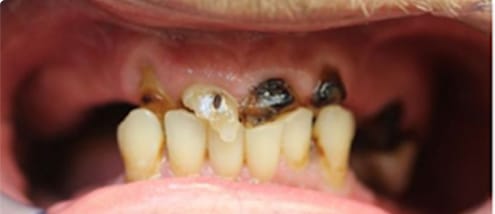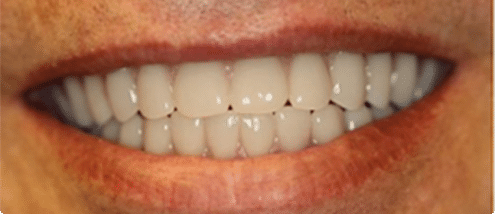If your oral health is important to you, then you probably already brush your teeth twice a day – and you know you need to replace your toothbrush every 3 to 4 months. But what should you look for when it comes time to buy a new toothbrush? Hard bristles or soft? Manual or powered? Dollar store or name brand? Choosing the right toothbrush can greatly improve your oral hygiene, so when it comes time to buy your next one, look for a toothbrush that meets these criteria.
Look for a Small-Headed Brush with Soft Bristles
You may be tempted to opt for a large toothbrush if you have a larger mouth, but almost every patient is better off with a small-headed toothbrush. A toothbrush is a precision instrument. Smaller toothbrushes are better at getting into the grooves of your teeth, thereby removing more plaque. A small-headed brush is also less likely to harm your gums, and a small brush head makes it easier to brush behind your molars.
You’ll also want to opt for a toothbrush with soft bristles. A hard-bristled toothbrush is too abrasive for use on the sides of your teeth – it may contribute to gum recession. Given that you’ll be using your toothbrush twice per day every day, it’s important that you choose a brush that is easy on your gums.
Power or Manual? Try Both and See What Works
There’s been a lot of debate over the years as to whether an electric or manual toothbrush is the better option. For most patients, an electric toothbrush will be the better option – studies have found that electric toothbrushes remove 11% more plaque than manual toothbrushes and can help to treat gingivitis. Electric toothbrushes also often contain timers, and make it easier to brush your teeth.
Although there is good research to support electric toothbrushes, there’s absolutely nothing wrong with using a manual brush. Manual toothbrushes are – and long have been – very effective at removing plaque, and the extra 11% gain in plaque removal with an electric toothbrush is really only an advantage for those with gingivitis. In healthy patients, a manual toothbrush is sufficient.
In truth, the best toothbrush is the one you use regularly. If you’re a die-hard electric toothbrush user, there’s really no reason to switch to a manual brush, or vice versa.
Keeping Your Toothbrush Clean: Proper Storage and Cleaning Procedures
Brushing your teeth is great, but failing to clean your toothbrush afterward can cause problems. After you finish brushing your teeth, you’ll want to thoroughly wash your toothbrush in warm water to clean any debris like food particles or toothpaste from the bristles. In addition to this rinse, you can also soak your toothbrush in mouthwash for 15 minutes in order to thoroughly clean it. There’s limited evidence that mouthwash can clean and sanitize a toothbrush, but it won’t do any harm. You can also use a UV toothbrush sanitizer, although this will speed up the deterioration of the bristles – meaning you’ll need to replace your toothbrush more frequently.
Choosing the right toothbrush and caring for it properly is the first step in a sold oral hygiene regimen. With a great oral care routine, you’ll prevent cavities and keep your mouth healthy for years to come. For more information or to schedule an appointment with Dr. Badie, call Badie Dental at (520) 325-3022.






